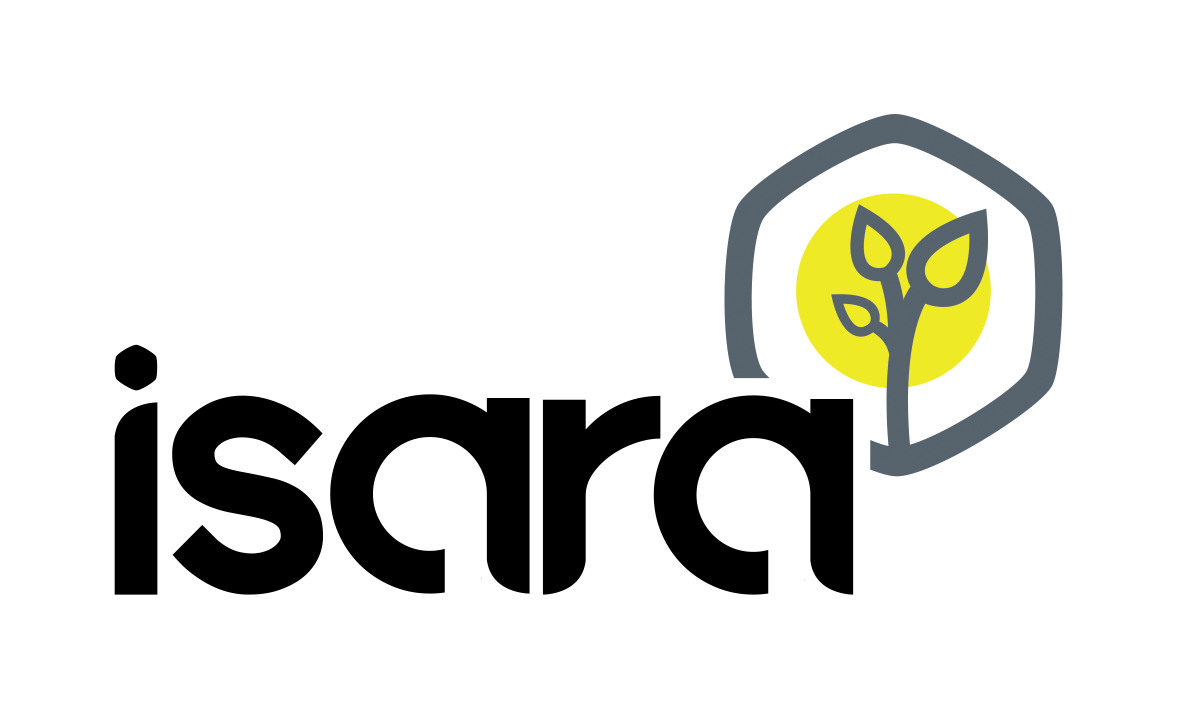Vitrification of guinea pig (Cavia porcellus) embryos
Résumé
Establishment of an embryo cryobank will permit genetic pool preservation of both native breeds and scientifically valuable strains of guinea pig (Cavia porcellus). The aim of the present work was to test a simple vitrification procedure usable directly in field conditions. Female guinea pigs between 6 and 12 months of age weighing from 1.0 to 1.5 kg were housed under farming conditions in an experimental station in La Molina National Agrarian University of Lima (Peru). The protocol of oestrus synchronisation and embryo production was described in our previous studies (Grégoire et al. 2012 Theriogenology 78, 842–847). An ovariohysterectomy was performed 72 h after fertilisation and embryos were flushed from the uterus horn and oviducts with 1 mL lactated Ringer’s solution supplemented with 10% fetal calf serum. Only grade 1 and 2 embryos at 8–16 cells/early morulae stage according to IETS guidelines were selected for cryopreservation and for in vitro control. Embryos (n = 24) were equilibrated for 5 min at room temperature (22–25°C) in a droplet of VS1 solution: VS1 = embryo-holding medium® ([HM], IMV Technologies) + 0.1 M trehalose + 5% ethylene glycol (EG) + 5% dimethyl sulfoxide (DMSO). Then, embryos were transferred to a droplet of VS2 solution (VS2 = HM + 0.2 M trehalose + 10% EG + 10% DMSO) for 3 min, and finally transferred into a VS3 solution (VS3 = HM + 0.4 M trehalose + 20% EG + 20% DMSO) for 30 s. A batch of four embryos was loaded into a 0.25-mL plastic straw using two columns of HM + 0.5 M sucrose separated by air bubbles from the central column (18–20 µL) containing the embryos into VS3. The straws were plunged immediately into liquid nitrogen after VS3 bath. Straws were warmed for 10 s in air at room temperature and 20 s in a 25°C water bath. Immediately after thawing, embryos were expelled and diluted successively 5 min in HM + 0.5 M sucrose, 5 min in HM + 0.25 M sucrose, and 5 min in HM. All the embryos were then in vitro cultured in potassium-enriched simplex optimised medium (EmbryoMax® KSOM Embryo Culture, Millipore) for 48 h at 38.5°C, under 5% CO2 in air and 98% humidity. In vitro survival of embryos was assessed by their ability to develop into hatching or hatched blastocysts after the culture period. A control group of 17 fresh embryos was also in vitro cultured directly after collection in order to test the efficiency of the culture medium. All fresh 8–16 cell embryos developed to the expanded blastocyst stage (17/17) after in vitro culture in KSOM. Regarding the vitrified embryos (8–16 cells to first morulae), all were intact (24/24) after thawing and 2 hours of in vitro culture, and 10/24 (41.7%; 95% Clopper-Pearson confidence interval [22.11;63.36]) reached the expanded blastocyst stage after 48 h of in vitro culture. These results lead us to consider KSOM as an appropriate culture medium for embryo development in guinea pigs. For the first time, vitrified-thawed embryos have been evaluated through a 48 h in vitro culture in Cavia porcellus species.


